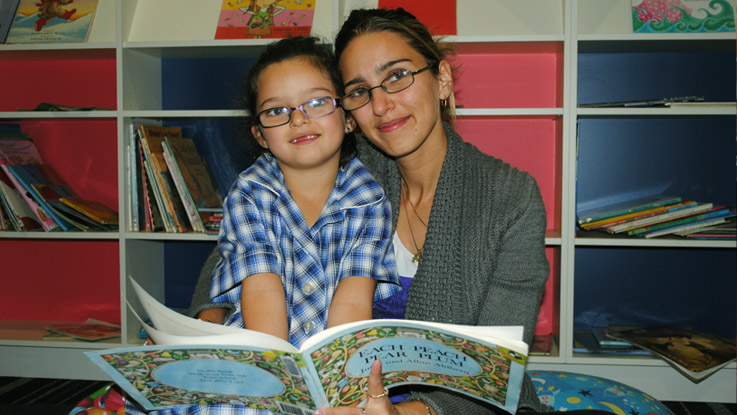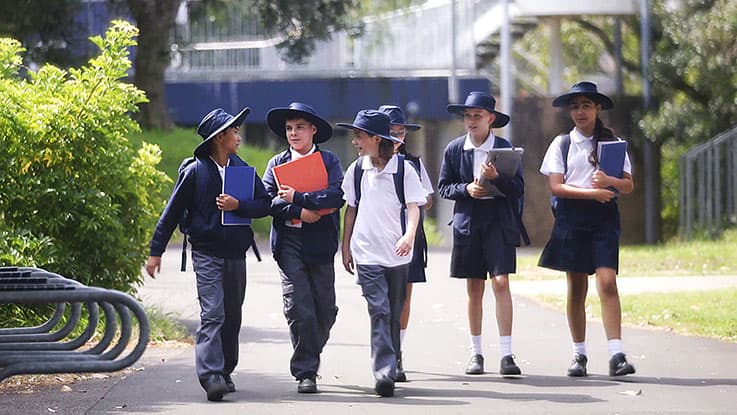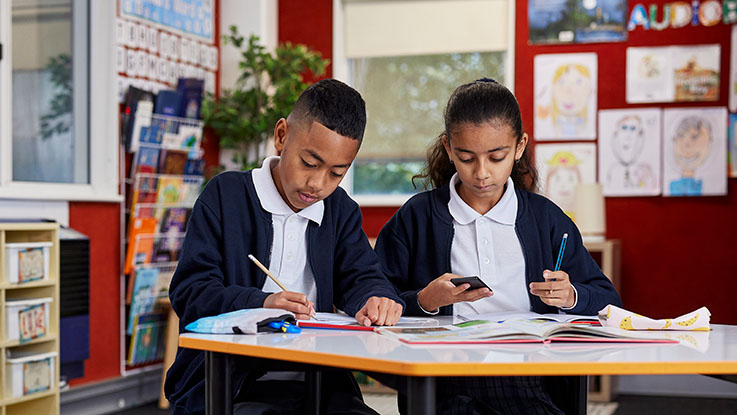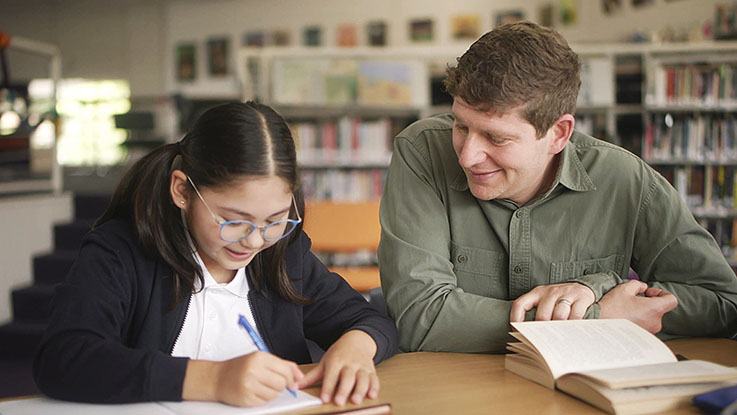
What is poverty?
This is what poverty looks like in Australia
The poverty line is defined by the Organisation for Economic Cooperation and Development (OECD) as 'half the median household income of the total population'.1 In Australia, this translates to a single adult living on less than $426.30 a week. For a couple with two children, it's just $895.22 a week.1
Of the three million people living in poverty in Australia right now, 750,000 are children – and a total of 1.2 million are under the age of 24.2

What is the poverty line in Australia?
The Organisation for Economic Cooperation and Development (OECD) defines the poverty line as half the median household income of the total population2.
In Australia this translates to a single adult living on less than $584 a week. For a couple with 2 children, it was $1,226 a week1.
In 2020, research by the Australian Council of Social Services (ACOSS) found of the three million people living in poverty in Australia, 750,000 are children and a total of 1.2 million are under the age of 241.
9 out of 10 families being supported by The Smith Family report being worried about how they will support their children's schooling.3
Families are having to make impossible decisions as to where they spend their dollars each week.
Financial pressure creates educational inequality

Financial pressure on a family can also profoundly impact a child’s education, locking them out of crucial learning opportunities and preventing them from fulfilling their potential.
Every child deserves the chance to achieve their best – but without equal access to essential learning resources and opportunities, children experiencing disadvantage often start school behind their peers and stay behind throughout their education.4
The inequality they face every day – through no fault of their own – means that by the time they are 15 years old, students living with disadvantage are on average 2–3 years behind in reading and maths.5
This educational inequality can prevent a child from fulfilling their potential and limit their prospects for the rest of their lives.6
However, breaking the cycle of disadvantage is possible through early intervention and balanced, ongoing support. The programs The Smith Family provides deliver measurable improvements in educational outcomes for students experiencing poverty, setting them on a path toward a better future.
Education is one of the most powerful agents of change
Only around 60% of young people growing up in poverty complete Year 12, compared with 90% from higher socio-economic backgrounds.7
Together, we can address the educational inequality that children face as a direct result of financial disadvantage.
Our evidence-based programs are proven to help children stay engaged in their learning, giving them a greater chance of completing their education to Year 12 (or equivalent).
This, in turn, gives a child greater options for further study and employment – and the chance every young person deserves to pursue their goals and fulfil their potential.

Learn more
1 Davidson, P, and Bradbury, B, 2025 Poverty in Australia 2025: Overview, Sydney: Australian Council of Social Service (ACOSS) and UNSW Sydney.
2 The Smith Family (2022), Pulse Survey 2022.
3 Access Economics (2005), The economic benefit of increased participation in education and training. Dusseldorp Skills Forum and Business Council of Australia, Sydney.
4 Thomson et al (2011), Challenges for Australian Education: Results from PISA 2009.
5Clarke and Theacutevenon (2022), Starting unequal: How's life for disadvantaged children?
6 James Heckman and Flavio Cunha, 2007.
7 Lamb S., Jackson J., Walstab A. and Huo S. (2015), Educational opportunity in Australia 2015: Who succeeds and who misses out. Mitchell Institute, Melbourne.
8 James Heckman and Flavio Cunha, 2007.
* Names, family details and associated images have been changed to protect the family’s identity.




